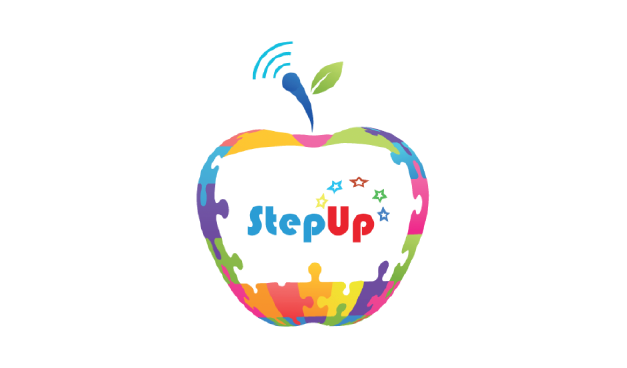Within the Great Barrier Reef there are several habitats. Consistent throughout the entire 1,616 mile formation are coral reefs. What we consider a piece of coral is actually a collection of a several individual coral polyps. Each coral is actually a number of polyps. Coral polyps are living creatures that encase themselves in hard, protective shells made of calcium carbonate. These shells band together forming colonies. The colonies together are known as reefs. Within the Great Barrier Reef there are millions of coral featuring a multitude of colors and textures. There are more than 400 species of hard and soft corals living in the Reef.
Housed within the reefs is a vastly diverse collection of animal life, many of which are endangered. Within its waters, the Great Barrier Reef provides homes to 5,000 species of mollusks and 125 species of sharks, stingrays and skates. In addition, there are more than 1,500 species of fish including the colorful clown fish. Thirty species of whales, dolphins and porpoises live in the Great Barrier Reef including humpback whales which use its warm, shallow waters as breeding grounds before journeying to Hawaii to give birth. Six endangered species of marine turtles also use the area to reproduce. The loggerhead turtle, one of the most highly protected endangered species, lives and breeds in the Great Barrier Reef. Over the last 40 years, the number of these turtles has decreased so rapidly that there are only 3% the number of creatures alive today. Housed around this extremely diverse collection of animal life are 2,195 species of plants. Above water 215 species of birds live on the Great Barrier Reef.
Why does the author use formal language in this essay?
Within the Great Barrier Reef there are several habitats. Consistent throughout the entire 1,616 mile formation are coral reefs. What we consider a piece of coral is actually a collection of a several individual coral polyps. Each coral is actually a number of polyps. Coral polyps are living creatures that encase themselves in hard, protective shells made of calcium carbonate. These shells band together forming colonies. The colonies together are known as reefs. Within the Great Barrier Reef there are millions of coral featuring a multitude of colors and textures. There are more than 400 species of hard and soft corals living in the Reef.
Housed within the reefs is a vastly diverse collection of animal life, many of which are endangered. Within its waters, the Great Barrier Reef provides homes to 5,000 species of mollusks and 125 species of sharks, stingrays and skates. In addition, there are more than 1,500 species of fish including the colorful clown fish. Thirty species of whales, dolphins and porpoises live in the Great Barrier Reef including humpback whales which use its warm, shallow waters as breeding grounds before journeying to Hawaii to give birth. Six endangered species of marine turtles also use the area to reproduce. The loggerhead turtle, one of the most highly protected endangered species, lives and breeds in the Great Barrier Reef. Over the last 40 years, the number of these turtles has decreased so rapidly that there are only 3% the number of creatures alive today. Housed around this extremely diverse collection of animal life are 2,195 species of plants. Above water 215 species of birds live on the Great Barrier Reef.
Why does the writer use specific details in this essay?
Four men stood on a patch of grass rolling colored balls that were the size of baseballs. One man jumped with joy when the green ball he tossed hit the red ball that the man before him threw. What were these guys doing? They were lawn bowling, of course!
What word in this paragraph would be considered too informal for a school essay?
 Online Program
Online Program




 Writing Standards (W.7.2.D)
Writing Standards (W.7.2.D)  Incomplete Answer
Incomplete Answer